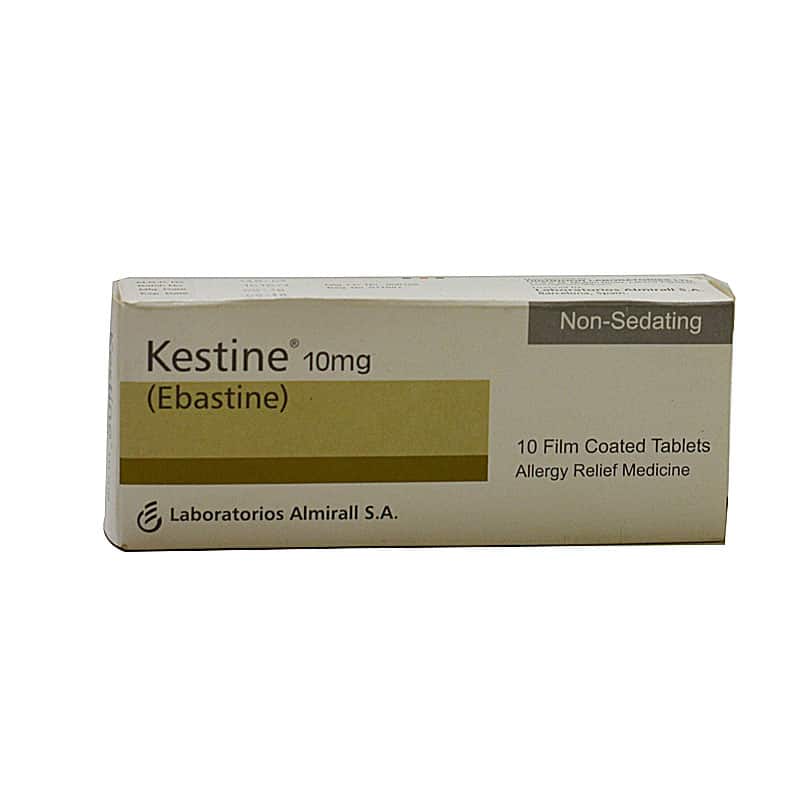
Introduction
Loratadine is an antiallergic drug, that is sold under the brand names Lorin NSA, Xylor, Antial and others. Loratadine is an antihistamine that works by reducing the effects of the body’s natural chemical histamine. Sneezing, itching, watery eyes, and a runny nose are all symptoms of histamine. Sneezing, runny nose, watery eyes, hives, skin rash, itching, and other cold or allergy symptoms are treated with loratadine.
Class of Medicine
Loratadine belongs to the antihistamine class of drugs. Loratadine inhibits the activation of cells with H1 receptors by blocking one type of histamine receptor (the H1 receptor). It works by preventing histamine, a chemical in the body that produces allergy symptoms, from acting.
Mode of Action
In allergic rhinitis and urticaria, histamine release is a major mediator. As a result, loratadine works via binding to the H1 histamine receptors.
H1 histamine receptors can be found on the surface of epithelial cells, endothelial cells, eosinophils, neutrophils, airway cells, and vascular smooth muscle cells, among other things. H1 histamine receptors are part of the G-protein coupled receptor family, and they exist in a state of balance between active and inactive forms. Cross connecting between transmembrane domains III and V is facilitated by histamine binding to the H1-receptor, stabilising the active state of the receptor.
Antihistamines, on the other hand, bind to a different location on the H1 receptor, which favors the inactive form. As a result, loratadine is better characterised as a “inverse agonist” rather than a “histamine antagonist,” and it can help avoid or lessen the intensity of histamine-mediated symptoms.
How should this medicine be used?
Loratadine tablets should be swallowed with a glass of water, milk, or juice. If the pill has a score line, you can cut it in half if swallowing it whole is difficult. It is not to be chewed. Without the need for a drink, melt-in-the-mouth tablets dissolve instantaneously on your tongue.
Common Side Effects
Headache
Dry mouth
Nose-bleed
Sore throat
Mouth sores
Difficulty falling asleep or staying asleep
Nervousness
Weakness
sSomach pain
Diarrhea
Red or itchy eyes
Important Warning
If you are using loratadine for hives and experience any of the following symptoms, get immediate medical attention: Wheezing, drooling, dizziness, or loss of consciousness are all symptoms of difficulties swallowing, speaking, or breathing; swelling in and around the mouth or swelling of the tongue; wheezing; drooling; dizziness; or loss of consciousness.
Available Brands (list can be updated in future)
Lorin NSA
Xylor
Antial




